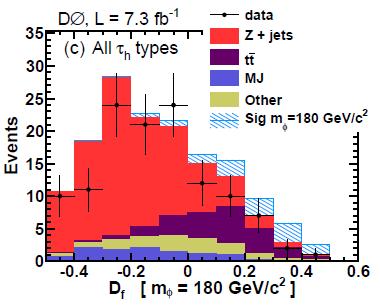In the origin (late 1960s) the
particle zoo(1) is the colloquially word used to describe the extensive list of known elementary particles. Indeed, before Standard Model becames the more accepted theory in particle physics, physicists discovered a lot of particles in their accelerators, but we know today that they are simply a combination of a little numbers of particles classified in three fundamental families: leptons, quarks (that they constitute fermions, particles with half-integer spin) and bosons (particles with integer spin).
We can classify also particles in a lot of sub-families, like baryons, the
heavy particles constituted by three quarks: for example proton and neutron are barions, with the following composition: uud and udd respectively, where u is the up quark and d the down quark.
We know six types of quarks: up (u) and down (d), that explain protons and neutrons, charm (c), strange (s), top (t) and bottom (b) that explain a lot of other
heavy particles. Standard Model predicts a series of combination of this quarks that they are summirized in a picture like this:
In the up there is with angular momentum $J =1/2$ and down with angular momentum $J=3/2$. Today we examine $J=1/2$ group, in particular to the last discover by CDF, one collaboration at Tevatron in Fermilab. Indeed, not all particles predicted by SM are found, and the hunt to them is open. On the 20th July,
Pat Lukens announced the first observation of $\Xi_b^0$, a baryon with the structure usb:
In orther to detect the new baryon, researchers at Tevatron must reconstruct the following decay chain:












